


| MOQ: | 1kg |
| Price: | US $3/kg |
| Standard Packaging: | Cylinder/Tank |
| Delivery Period: | 30 days |
| Payment Method: | L/C, T/T |
| Supply Capacity: | 20000 Tons/Year |
Propane gas, also known as liquefied petroleum gas (LPG), is a flammable hydrocarbon gas composed primarily of propane (C3H8). Here are some key points about propane gas:
Chemical Composition: Propane gas is predominantly composed of propane molecules (C3H8). It may also contain small amounts of other hydrocarbon gases such as butane (C4H10) and propylene (C3H6), depending on the specific composition of the LPG mixture.
Physical Properties: Propane gas is stored and transported as a liquefied gas under moderate pressure. However, when released from its container, it rapidly vaporizes to form a colorless and odorless gas. For safety reasons, an odorant called ethanethiol is typically added to propane to give it a distinct and easily recognizable odor.
Odor: Propane gas has a strong, distinctive odor often described as smelling like rotten eggs or a skunk. This odor is intentional and added specifically to make propane leaks easily detectable.
Combustibility: Propane is highly flammable and can form explosive mixtures with air when it is within the flammable range of approximately 2.1% to 9.5% volume concentration. It has a relatively low autoignition temperature, meaning it can ignite spontaneously in the presence of an ignition source.
Uses: Propane gas has a wide range of applications. It is commonly used as a fuel for heating and cooking in residential, commercial, and industrial settings. Propane is also used as a fuel for vehicles, including propane-powered cars, buses, and forklifts. Additionally, it serves as a feedstock for the production of petrochemicals and is used in various industrial processes.
Storage and Handling: Propane gas is typically stored and transported in pressurized containers, such as propane cylinders and tanks. These containers are designed to withstand the pressure of the liquefied gas and ensure safe storage and transportation. Proper handling procedures, including leak detection and ventilation, are essential to ensure safety when working with propane gas.
Safety Considerations: Due to its flammability, propane gas should be handled with caution. It is important to follow safety guidelines and regulations when using and storing propane to minimize the risk of leaks, fires, and explosions. Regular inspections, proper installation of equipment, and adherence to safety protocols are crucial.
Environmental Impact: Propane gas is considered a relatively clean-burning fuel compared to other fossil fuels. When burned, it produces lower levels of greenhouse gas emissions and air pollutants, such as sulfur dioxide and particulate matter, compared to coal or oil. However, propane is still a non-renewable fossil fuel and contributes to carbon dioxide emissions when combusted.
| Transport Package: | 40L/47L/50L/118L/926L | Melting Point | -187.6ºC |
| Trademark: | CMC | Boiling Point | -42.1ºC |
| Specification | 99.50% | Production Capacity | 5000tons/Year |
| Cylinder Pressure | 12.5MPa/15MPa/20MPa | Valve | Cga350/Bwf-1 |
| Appearance | Colorless, Odorless | Density | 493 Kg/M3 |
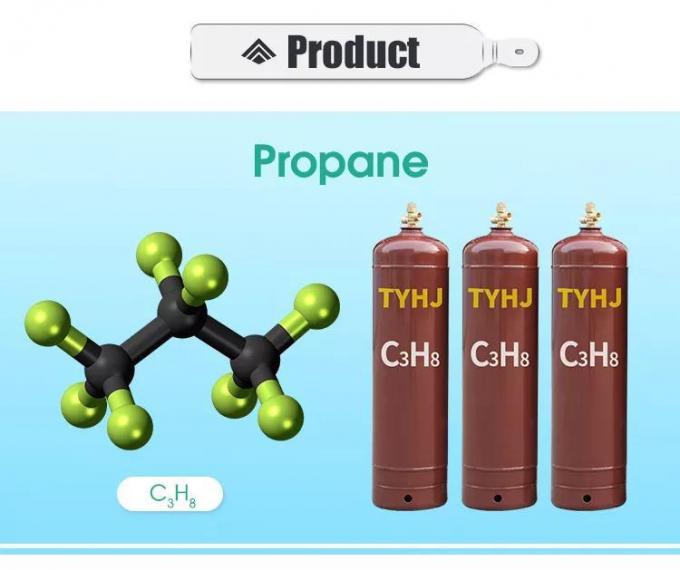
Specification:
Dot Class:2.2
State: Liquid
Purity: 99.5%
UN NO: UN1978
CAS NO: 74-98-6
Grade Standard: Industrial Grade
|
Specification |
≥99.5 |
% |
|
Methane (CH4) |
≤100 |
ppmv |
|
Ethane(C2H6) |
≤250 |
ppmv |
|
Propylene(C3H6) |
≤1000 |
ppmv |
|
Moisture(H2O) |
≤3 |
ppmv |
|
Sulfur |
≤1 |
ppmv |
|
Isobutane(C4H10) |
≤2500 |
ppmv |
|
N-butane(C4H10) |
≤1000 |
ppmv |
| Cylinder Specifications | Contents | |
| Cylinder Capacity | Valve | Weight |
| 47L | CGA350 | 19 kgs |
| 118L | BWF-1 | 45 kgs |
| 926L | BWF-1 | 375 kgs |
| ISO TANK | 10 Tons | |
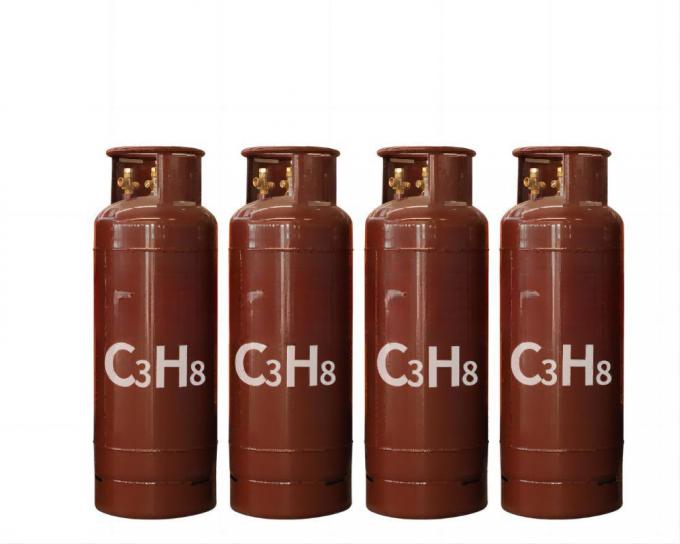
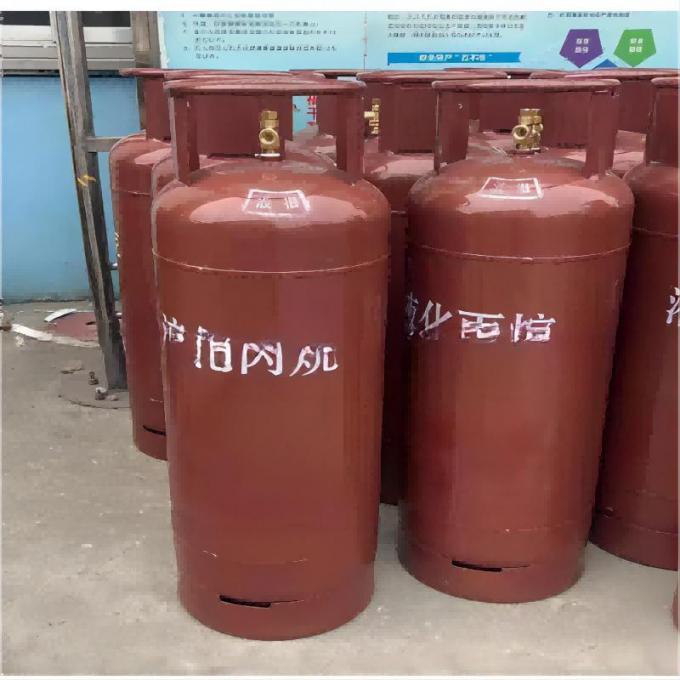
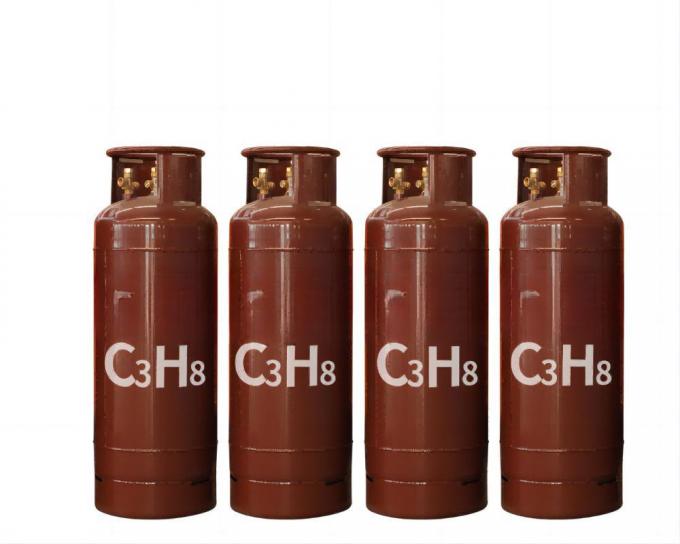 Shanghai Kemike Chemical Co., Ltd is staffed by trained personnel, combine many years experience in Gas industry .We supply cylinder gas, electronic gas, etc ., and the gas holder, panel, valves and fittings and other equipment, parts and engineering services to our customers in China and worldwide; The products are involved in various industrial fields, such as semiconductor chip, solar cell, LED, TFT-LCD, optical fiber, glass, laser, medicine , etc., Our mission is to partner with our global customers to provide support, solutions and quality products that are innovative,reliable, and safe.
Shanghai Kemike Chemical Co., Ltd is staffed by trained personnel, combine many years experience in Gas industry .We supply cylinder gas, electronic gas, etc ., and the gas holder, panel, valves and fittings and other equipment, parts and engineering services to our customers in China and worldwide; The products are involved in various industrial fields, such as semiconductor chip, solar cell, LED, TFT-LCD, optical fiber, glass, laser, medicine , etc., Our mission is to partner with our global customers to provide support, solutions and quality products that are innovative,reliable, and safe.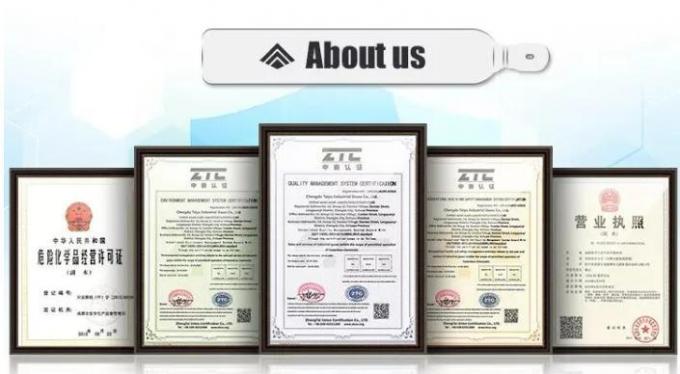
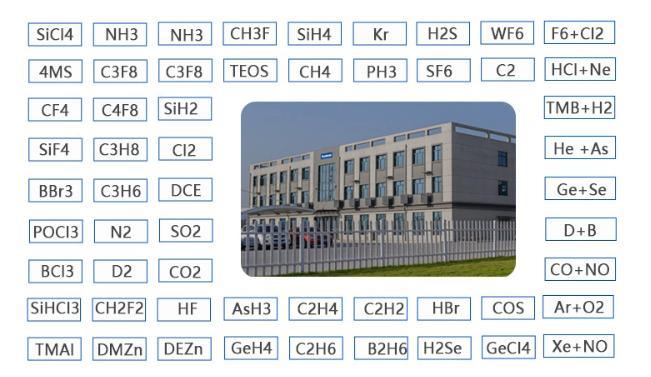

| MOQ: | 1kg |
| Price: | US $3/kg |
| Standard Packaging: | Cylinder/Tank |
| Delivery Period: | 30 days |
| Payment Method: | L/C, T/T |
| Supply Capacity: | 20000 Tons/Year |
Propane gas, also known as liquefied petroleum gas (LPG), is a flammable hydrocarbon gas composed primarily of propane (C3H8). Here are some key points about propane gas:
Chemical Composition: Propane gas is predominantly composed of propane molecules (C3H8). It may also contain small amounts of other hydrocarbon gases such as butane (C4H10) and propylene (C3H6), depending on the specific composition of the LPG mixture.
Physical Properties: Propane gas is stored and transported as a liquefied gas under moderate pressure. However, when released from its container, it rapidly vaporizes to form a colorless and odorless gas. For safety reasons, an odorant called ethanethiol is typically added to propane to give it a distinct and easily recognizable odor.
Odor: Propane gas has a strong, distinctive odor often described as smelling like rotten eggs or a skunk. This odor is intentional and added specifically to make propane leaks easily detectable.
Combustibility: Propane is highly flammable and can form explosive mixtures with air when it is within the flammable range of approximately 2.1% to 9.5% volume concentration. It has a relatively low autoignition temperature, meaning it can ignite spontaneously in the presence of an ignition source.
Uses: Propane gas has a wide range of applications. It is commonly used as a fuel for heating and cooking in residential, commercial, and industrial settings. Propane is also used as a fuel for vehicles, including propane-powered cars, buses, and forklifts. Additionally, it serves as a feedstock for the production of petrochemicals and is used in various industrial processes.
Storage and Handling: Propane gas is typically stored and transported in pressurized containers, such as propane cylinders and tanks. These containers are designed to withstand the pressure of the liquefied gas and ensure safe storage and transportation. Proper handling procedures, including leak detection and ventilation, are essential to ensure safety when working with propane gas.
Safety Considerations: Due to its flammability, propane gas should be handled with caution. It is important to follow safety guidelines and regulations when using and storing propane to minimize the risk of leaks, fires, and explosions. Regular inspections, proper installation of equipment, and adherence to safety protocols are crucial.
Environmental Impact: Propane gas is considered a relatively clean-burning fuel compared to other fossil fuels. When burned, it produces lower levels of greenhouse gas emissions and air pollutants, such as sulfur dioxide and particulate matter, compared to coal or oil. However, propane is still a non-renewable fossil fuel and contributes to carbon dioxide emissions when combusted.
| Transport Package: | 40L/47L/50L/118L/926L | Melting Point | -187.6ºC |
| Trademark: | CMC | Boiling Point | -42.1ºC |
| Specification | 99.50% | Production Capacity | 5000tons/Year |
| Cylinder Pressure | 12.5MPa/15MPa/20MPa | Valve | Cga350/Bwf-1 |
| Appearance | Colorless, Odorless | Density | 493 Kg/M3 |

Specification:
Dot Class:2.2
State: Liquid
Purity: 99.5%
UN NO: UN1978
CAS NO: 74-98-6
Grade Standard: Industrial Grade
|
Specification |
≥99.5 |
% |
|
Methane (CH4) |
≤100 |
ppmv |
|
Ethane(C2H6) |
≤250 |
ppmv |
|
Propylene(C3H6) |
≤1000 |
ppmv |
|
Moisture(H2O) |
≤3 |
ppmv |
|
Sulfur |
≤1 |
ppmv |
|
Isobutane(C4H10) |
≤2500 |
ppmv |
|
N-butane(C4H10) |
≤1000 |
ppmv |
| Cylinder Specifications | Contents | |
| Cylinder Capacity | Valve | Weight |
| 47L | CGA350 | 19 kgs |
| 118L | BWF-1 | 45 kgs |
| 926L | BWF-1 | 375 kgs |
| ISO TANK | 10 Tons | |


 Shanghai Kemike Chemical Co., Ltd is staffed by trained personnel, combine many years experience in Gas industry .We supply cylinder gas, electronic gas, etc ., and the gas holder, panel, valves and fittings and other equipment, parts and engineering services to our customers in China and worldwide; The products are involved in various industrial fields, such as semiconductor chip, solar cell, LED, TFT-LCD, optical fiber, glass, laser, medicine , etc., Our mission is to partner with our global customers to provide support, solutions and quality products that are innovative,reliable, and safe.
Shanghai Kemike Chemical Co., Ltd is staffed by trained personnel, combine many years experience in Gas industry .We supply cylinder gas, electronic gas, etc ., and the gas holder, panel, valves and fittings and other equipment, parts and engineering services to our customers in China and worldwide; The products are involved in various industrial fields, such as semiconductor chip, solar cell, LED, TFT-LCD, optical fiber, glass, laser, medicine , etc., Our mission is to partner with our global customers to provide support, solutions and quality products that are innovative,reliable, and safe.
